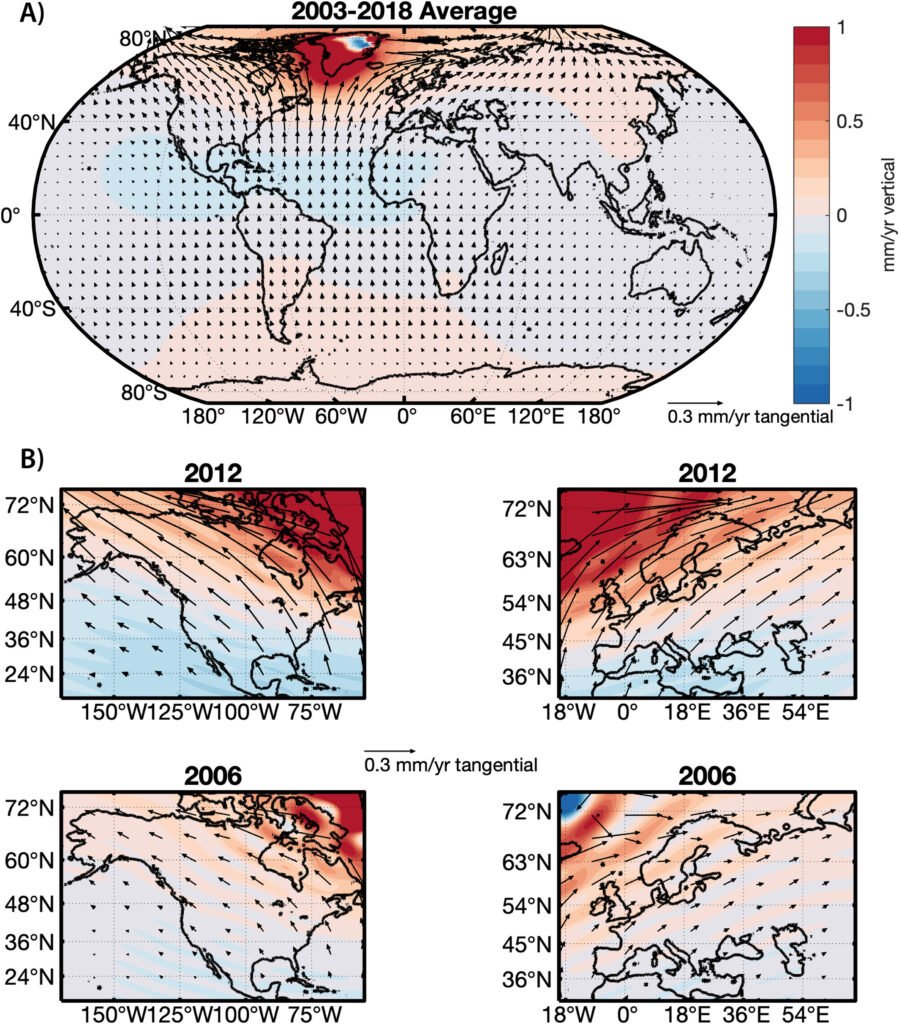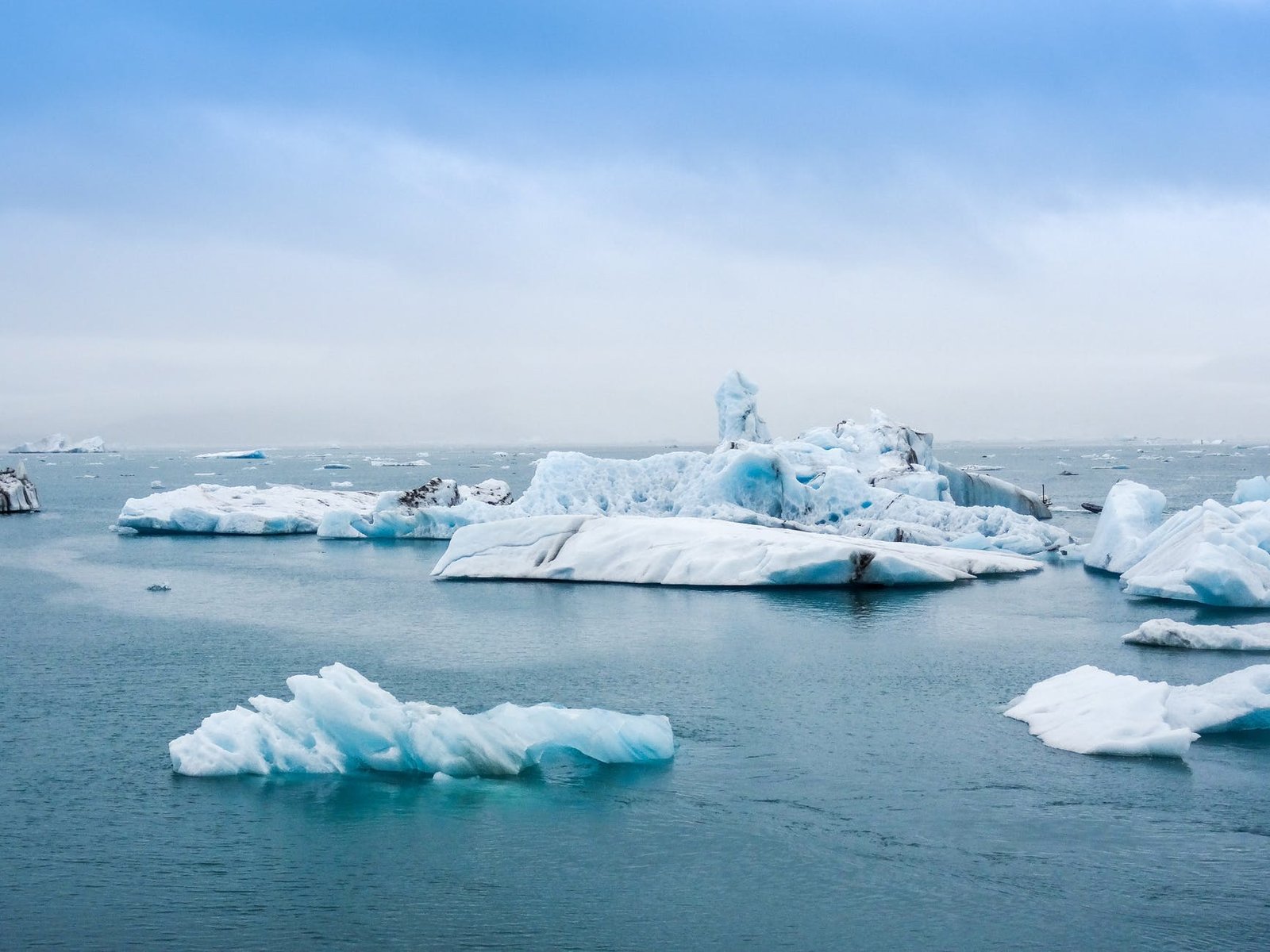The melting Arctic ice is physically reshaping the Earth’s crust, according to a study by Harvard scientist. The outermost layer of our planet is surprisingly elastic ans so the crust rebounds outward after the ice on top of it melts away, but doesn’t always return to a perfectly spherical shape.

The study shows that these deformations are not only larger than scientists thought, but also that they can have significant influences on ecosystems in an area for thousands of years.
For example, parts of the crust around the Arctic are still expanding like an extremely slow balloon after the weight of the ice age — which ended 11,000 years ago — was lifted off of it. As more melting happens thanks to climate change, the expansions and warping effects are compounded, creating an increasingly-complex landscape.

Being able to monitor this ballooning is valuable for scientists. Understanding how the earth is changing shape makes it easier to study and predict tectonic movements, earthquakes, and other geological processes.

But it also has implications for climate change. As Antarctic ice melts and the crust pushes outward it may deform and push bedrock out of position, further displacing ice and creating a vicious cycle leading to even greater melting.
Reference- Harvard University Outreach, journal Geophysical Research Letters, Phys.Org, Futurism






